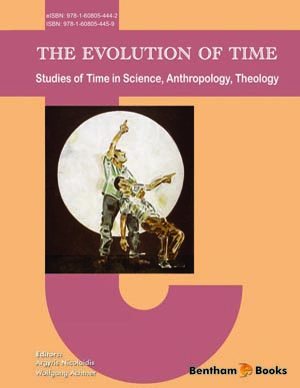Abstract
Dynamical systems in classical, relativistic and quantum physics are ruled by laws with time reversibility. Complex dynamical systems with time-irreversibility are known from thermodynamics, biological evolution, growth of organisms, brain research, aging of people, and historical processes in social sciences. Complex systems are systems that compromise many interacting parts with the ability to generate a new quality of macroscopic collective behavior the manifestations of which are the spontaneous emergence of distinctive temporal, spatial or functional structures. But, emergence means no mystery. Mathematically, the emergence of macroscopic features results from the nonlinear interactions of the elements in a complex system. Complex systems can also be simulated by computational systems. Thus, arrows of time and aging processes are not only subjective experiences or even contradictions to natural laws, but they can be explained by the nonlinear dynamics of complex systems. Human experiences and religious concepts of an arrow of time are considered in a modern scientific framework. Platonic ideas of eternity are at least understandable with respect to mathematical invariance and symmetry of physical laws. But Heraclit’s world of change and dynamics can be mapped onto our daily real-life experiences of arrow of time.
Keywords: Symmetry of time, proper time, relativistic space-time, singularity, PCT-theorem, quantum cosmology, cosmic arrow of time, irreversibility in thermodynamics, evolutionary time, aging process, computational time, cellular automata, autopoiesis, self-organization, nonlinearity, eternity.













